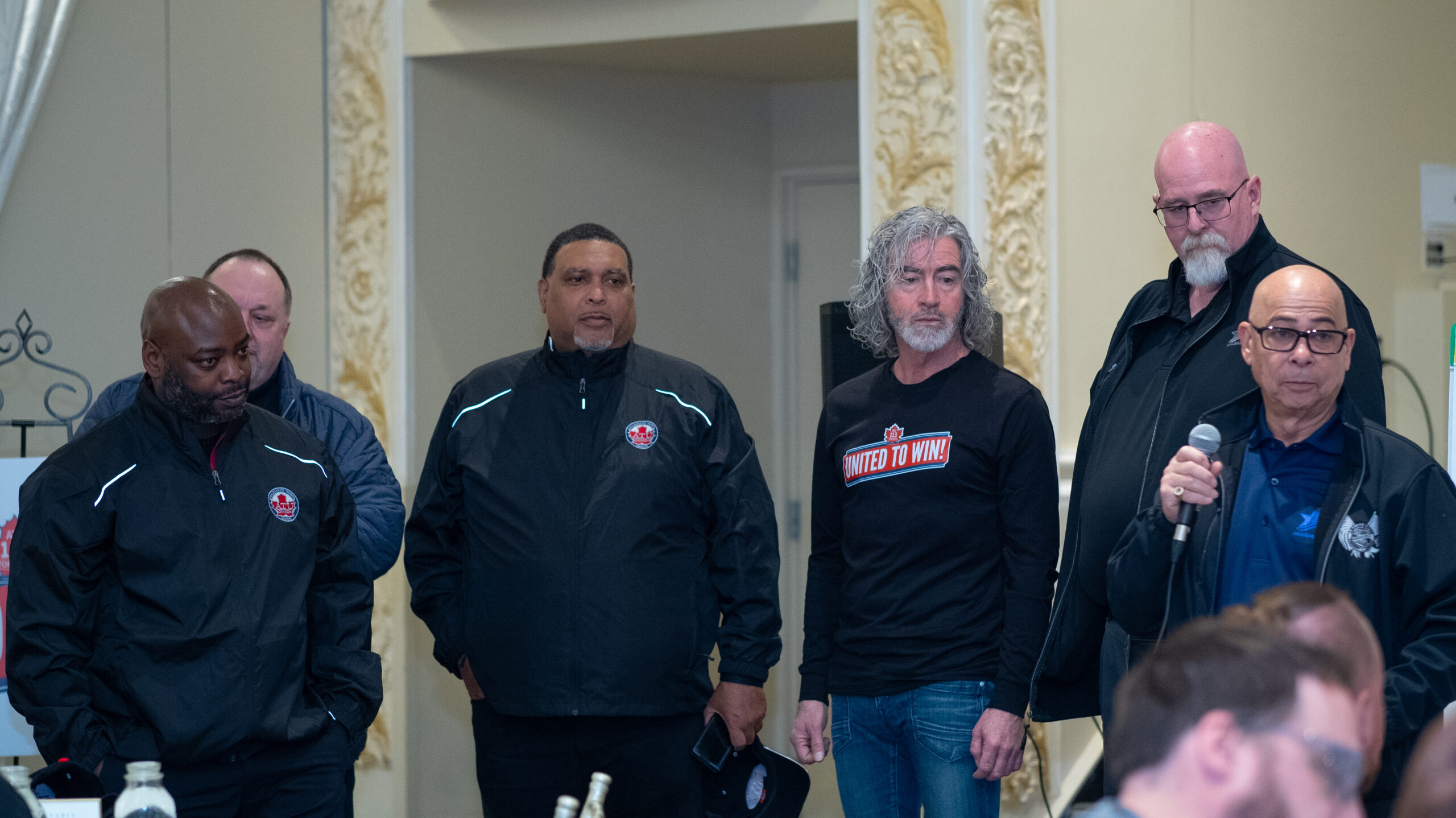Collective Bargaining Update
‘UNITED TO WIN!’ CAMPAIGN
GROWS IN STRENGTH AND NUMBERS!
The ATU Local 113 Bargaining Committee continues to work diligently to negotiate a strong deal for our members and discussions are ongoing.
‘UNITED TO WIN!’ CAMPAIGN PETITIONS
Since launching our collective bargaining campaign, Local 113 members have stepped up to show their solidarity with our Bargaining team. In just two weeks, our trained Campaign Steering Committee engaged over 45% of our membership at their work locations. We’re proud of this tremendous accomplishment, and the work and dedication that had made this possible! Thank you and keep the momentum going!
‘UNITED TO WIN!’ CAMPAIGN EDUCATION AND TRAINING
We held our third training session and mobilized over 60 additional members this week. ATU International organizers have helped train this high-energy group, and they are united to win and ready to go! ATU International President John Costa visited the training, along with International Vice Presidents and members of their team. We appreciate their solidarity and commitment to our Local!
WHAT YOU CAN DO TO SUPPORT YOUR UNION:
- Sign the petition! Everysignature counts!
- Reach out to your Shop Stewards or the ‘United to Win!’ Steering Committee, to assist with the petition campaign
Let’s show the power of being united! Let’s get a majority of our membership to sign this petition. We’re united to win! The time is NOW!
In solidarity,
Marvin Alfred
President, ATU Local 113

















